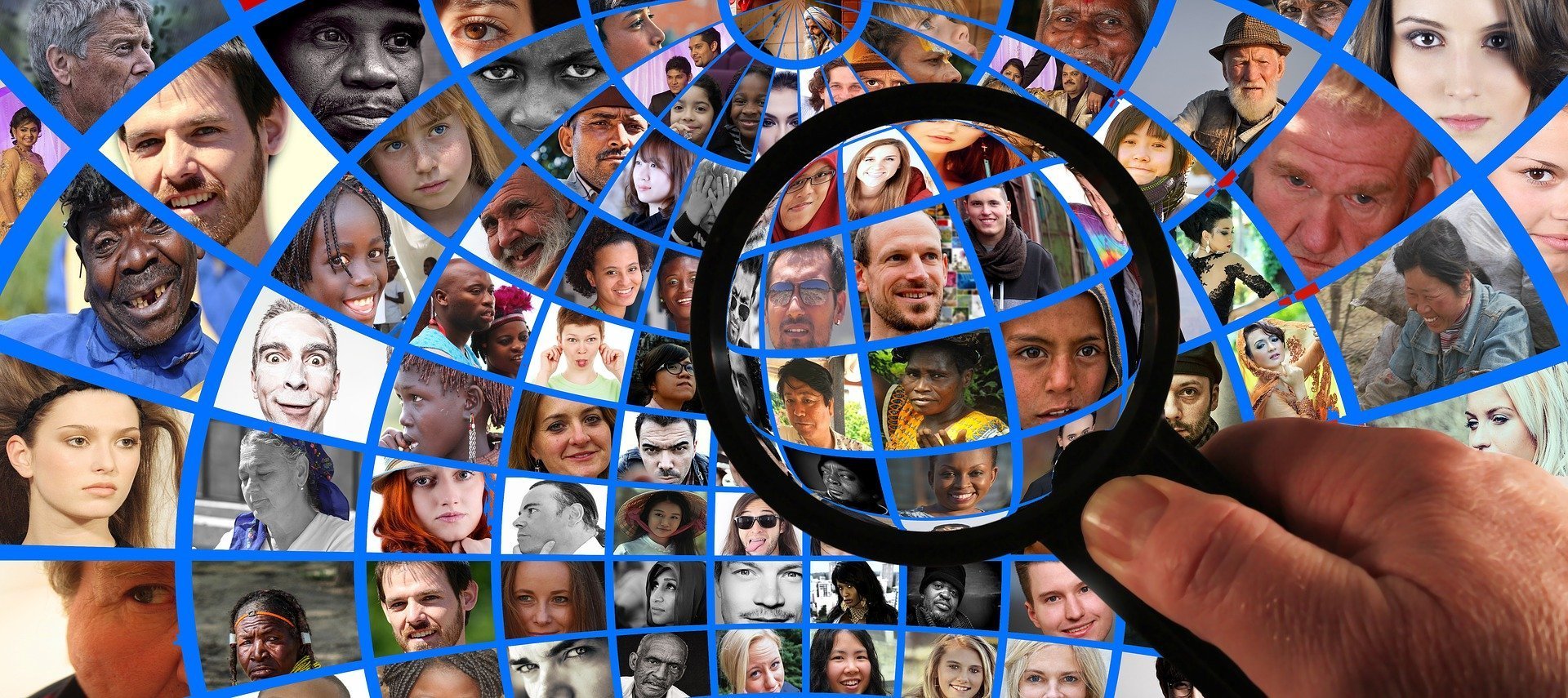
Are you dead? Or are you a woman? Or are you a famous person off the radio or television? These are typical questions for ‘Who am I?’ – a popular quiz that is in essence based on classification processes. As in the classification of information into certain categories. The aim of the quiz is to create a category that is so small that there is only space for a single person in the end. The reason why the quiz is so popular is that the structure of questions and relevant follow-up questions are actually often too complex for most people. In other words, our own cluelessness make us laugh.
This reasoning method is easier for computers. The structuring of questions – and relevant follow-up questions – can be converted comparatively easily into an algorithm that is able to classify these. The answers to the questions posed lead to classifications of items that have certain characteristics in common.
Constitution
The right to privacy is considered so important in the Netherlands that it has been laid down in the Constitution. For example, there are rules for any data that might lead to the identification of a private individual. The term ‘identification’ in this context refers to a link with information related to identity, like a name, address, date of birth and social security number. Identification is as such intrinsically different from classification. Whereas the identification process leads to one (private) individual, the classification process leads to a category that may be small, except that in principle it does not name a specific person.
Nevertheless, in actual practice this distinction is vague. Most of us are willing to give up data that leads to our identity in exchange for the ease of convenience or forms of amusement. We provide messaging applications with real-time insight into our social network. We send our biometric data to hardware manufacturers in order to unlock our equipment. Nowadays, calendars, e-mails and documents are managed by service providers and private photos are placed in computer networks. Moreover, this data is increasingly becoming more of a valuable commodity which companies use to combine all kinds of data. And in that process, our true identities are revealed.
Numb fingers
As early as 2006, AOL (America Online) disclosed the key search terms used by some of its users. All of its users were given a unique number in order to safeguard their privacy. User 4417749 searched for ‘numb fingers’, ‘Single men 60’ and a ‘dog that urinates on everything’. It turned out to be fairly easy to create a category that was so small, only one person could fit into it. This was done based solely on the user’s key search terms. That’s when they came up with Mrs Thelma Arnold from Lilburn, Georgia.
Classification leads to categories, and identification leads to one private individual. Yet the combination of different types of data can reach an even deeper and more authentic level of identity, as in a ‘true identity’. A true identity has to do with the innermost essence of a human being. And with the social and cultural network wherein a person finds themselves, along with their profound underlying fears and aspirations. Mrs Arnold’s true identity is perhaps linked more to her key search terms than to her actual name.
About this column:
In a weekly column, written alternately by Bert Overlack, Mary Fiers, Peter de Kock, Eveline van Zeeland, Lucien Engelen, Tessie Hartjes, Jan Wouters, Katleen Gabriels and Auke Hoekstra, Innovation Origins tries to figure out what the future will look like. These columnists, occasionally joined by guest bloggers, are all working in their own way on solutions to the problems of our time. So that tomorrow is good. Here are all the previous articles.

